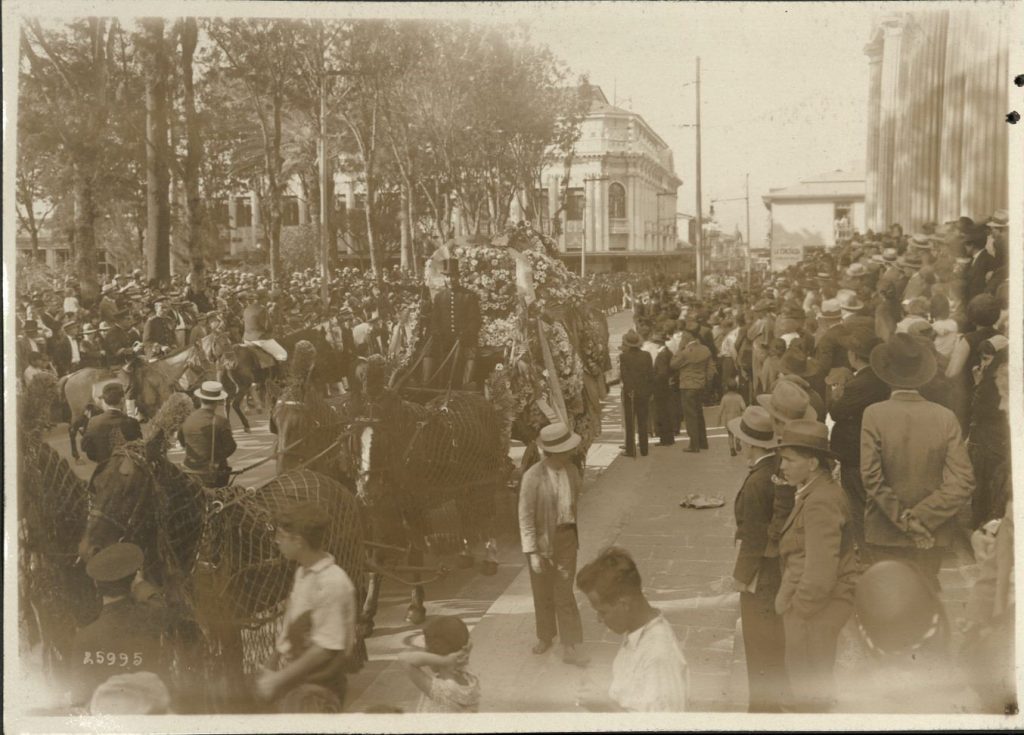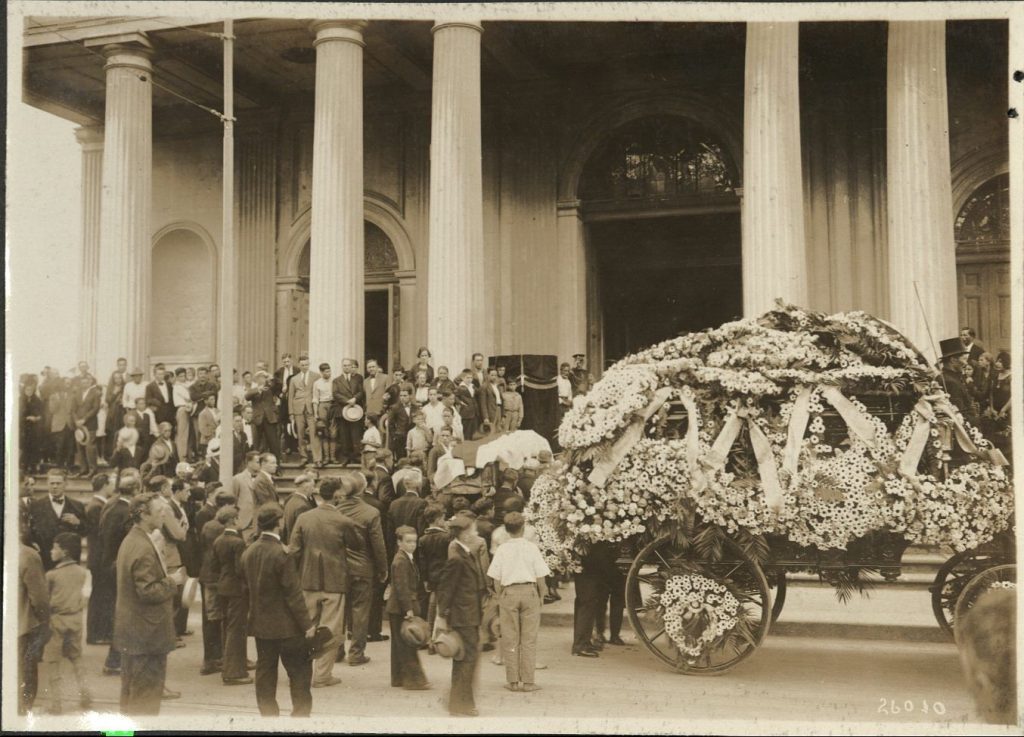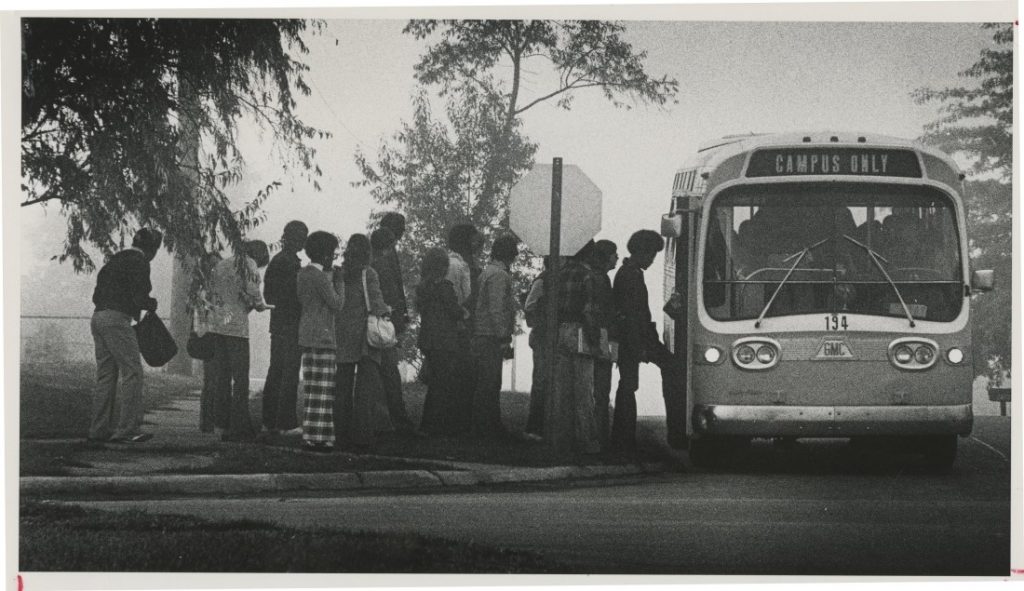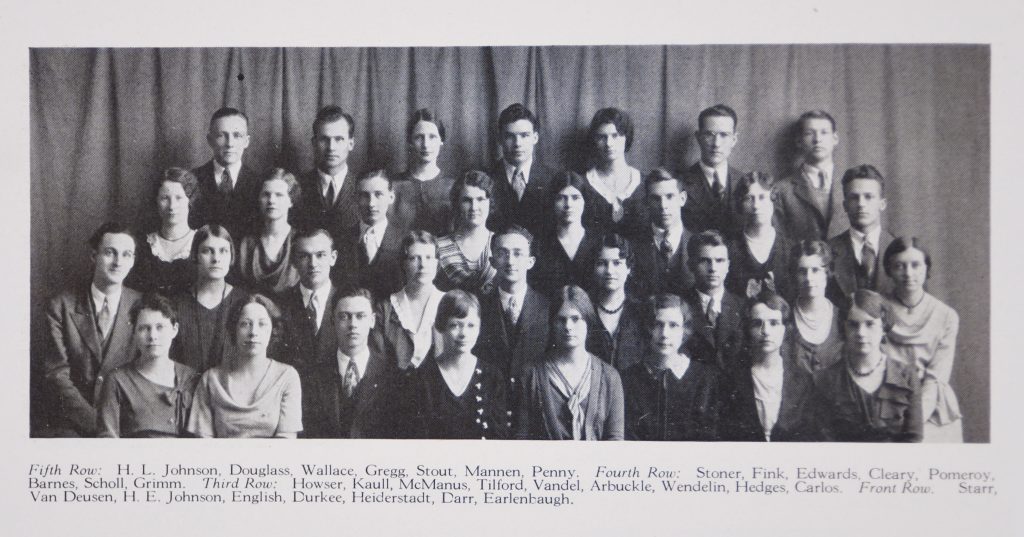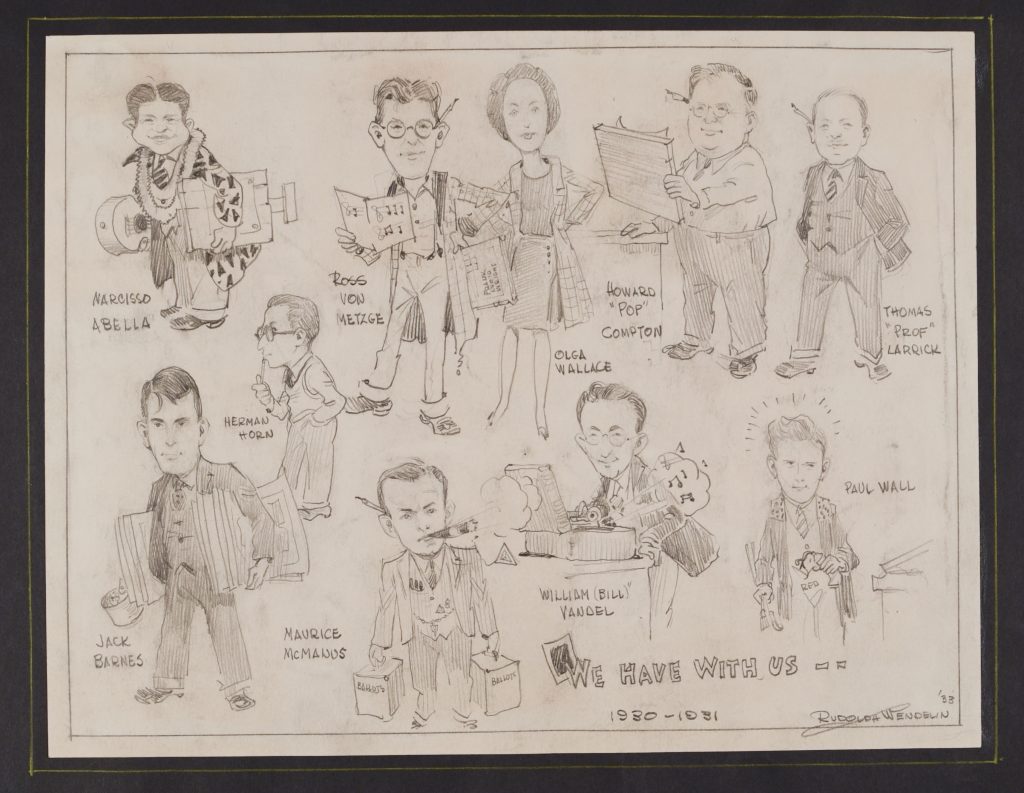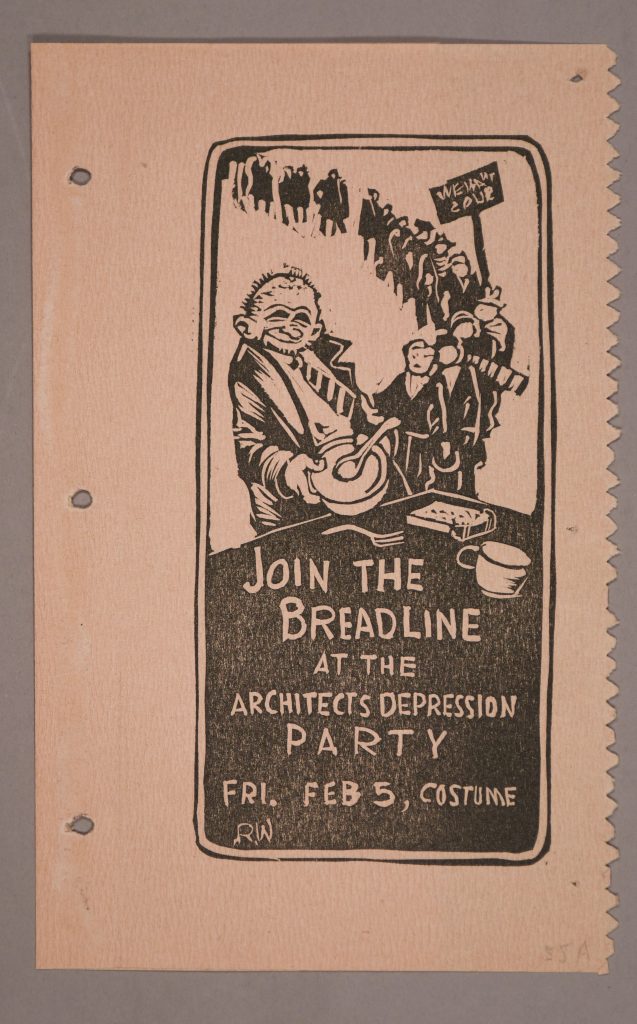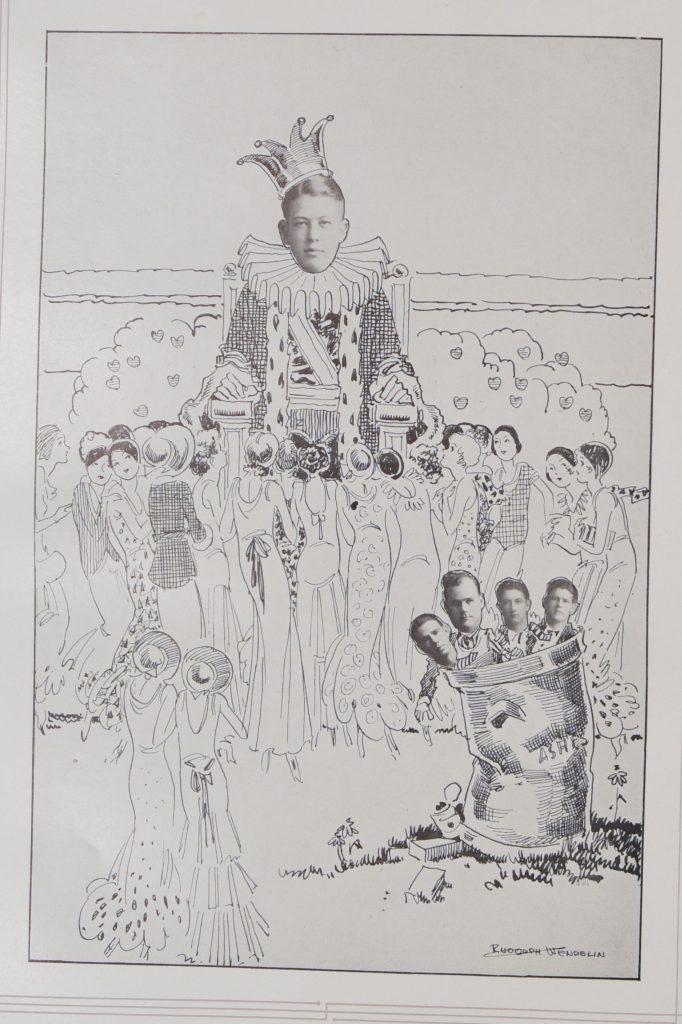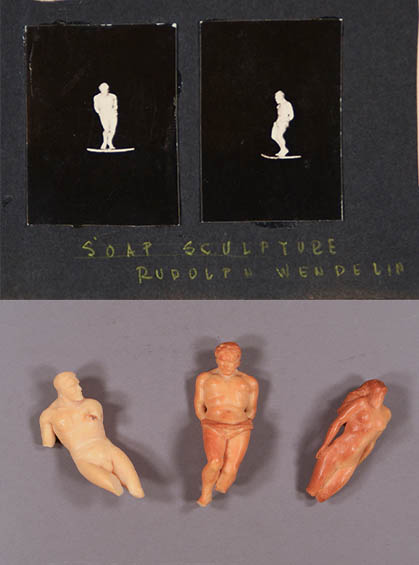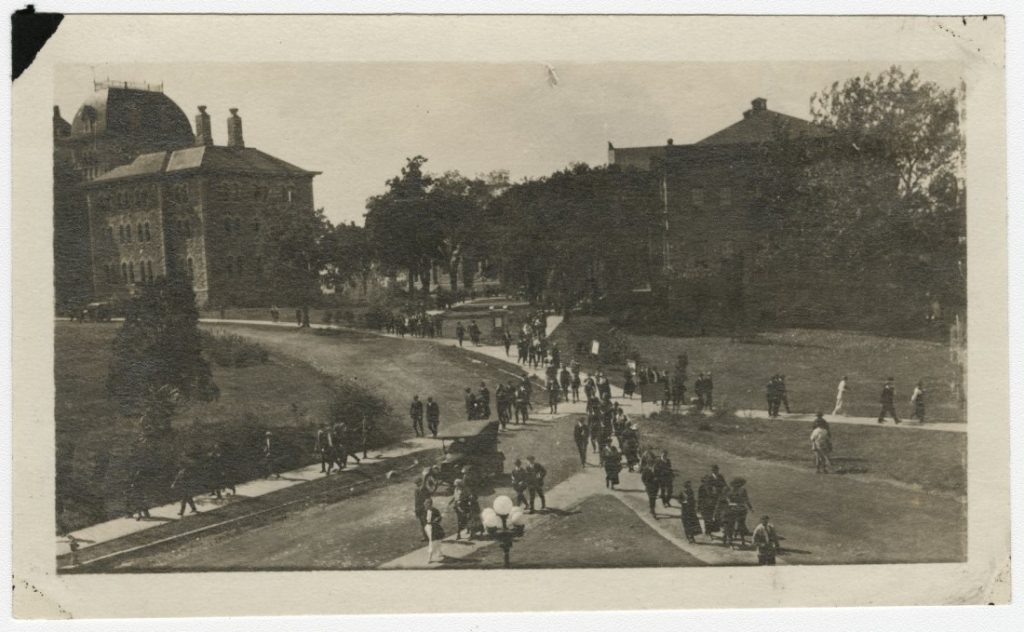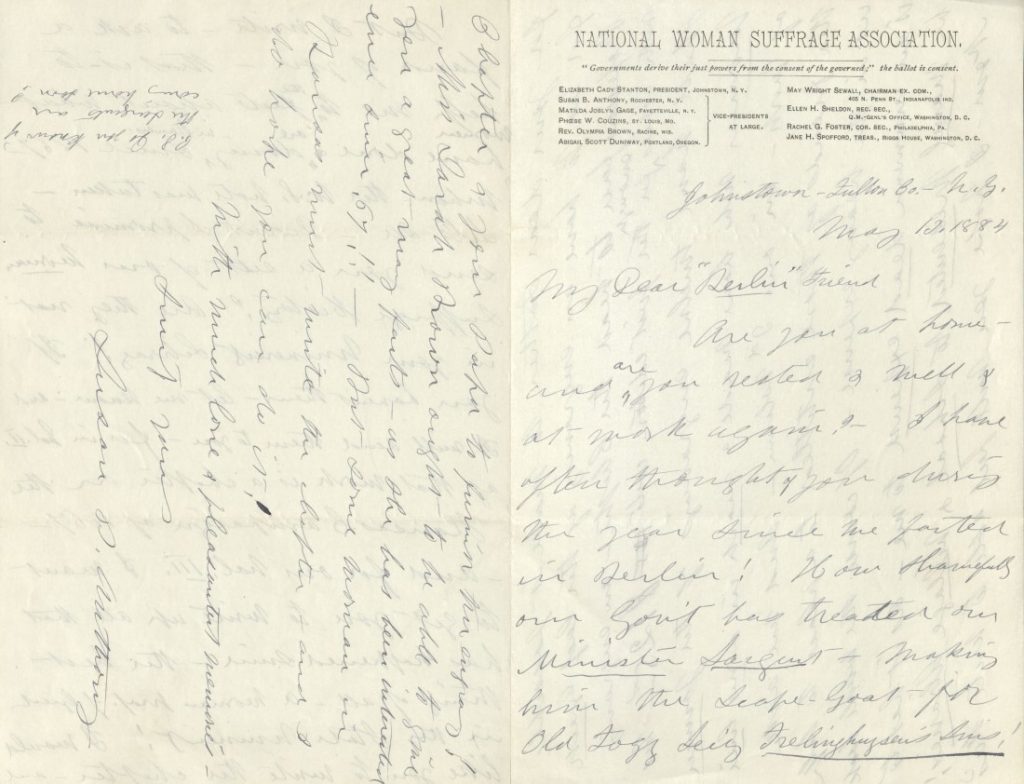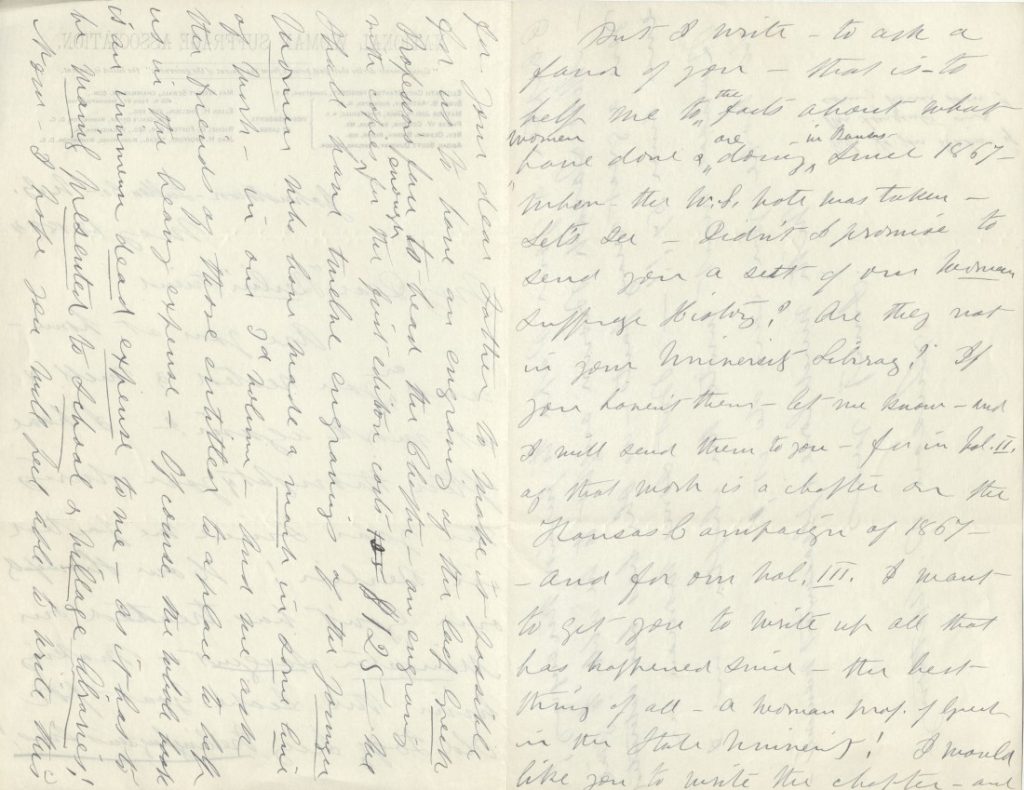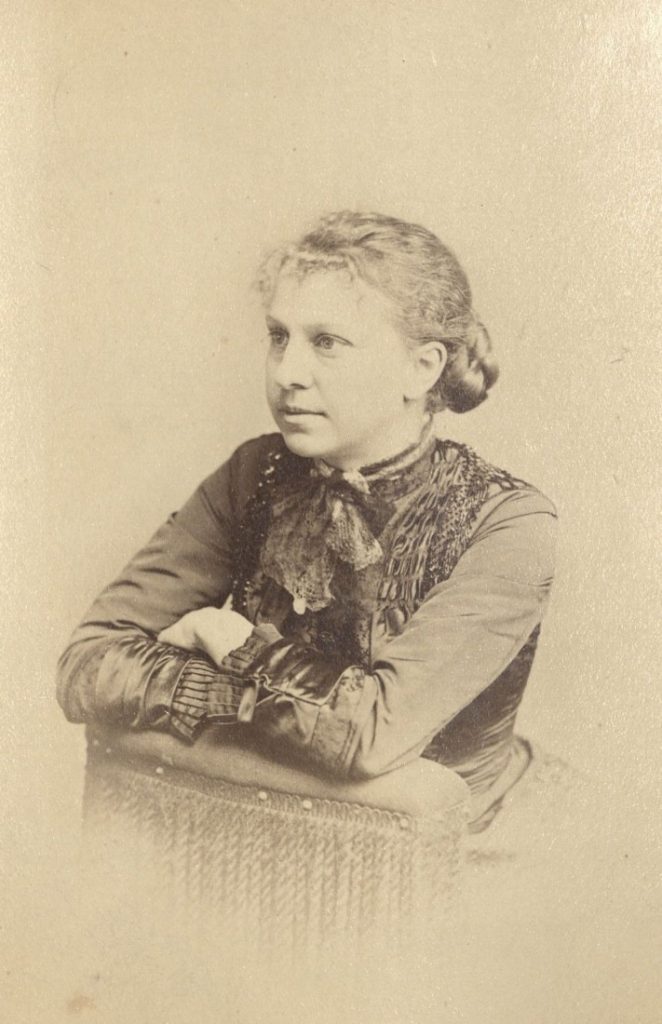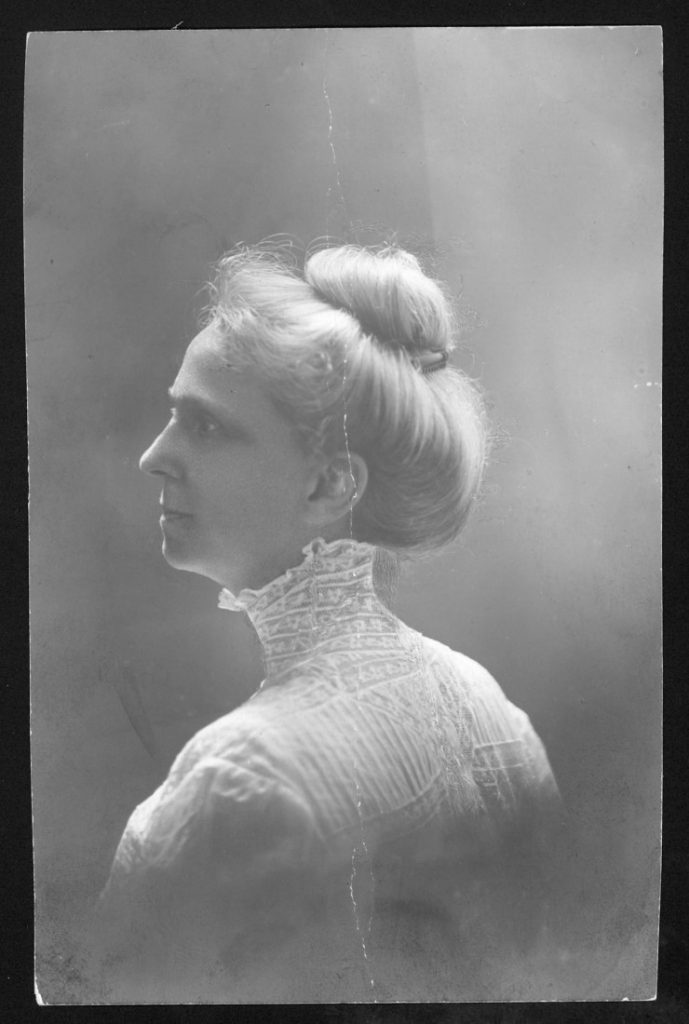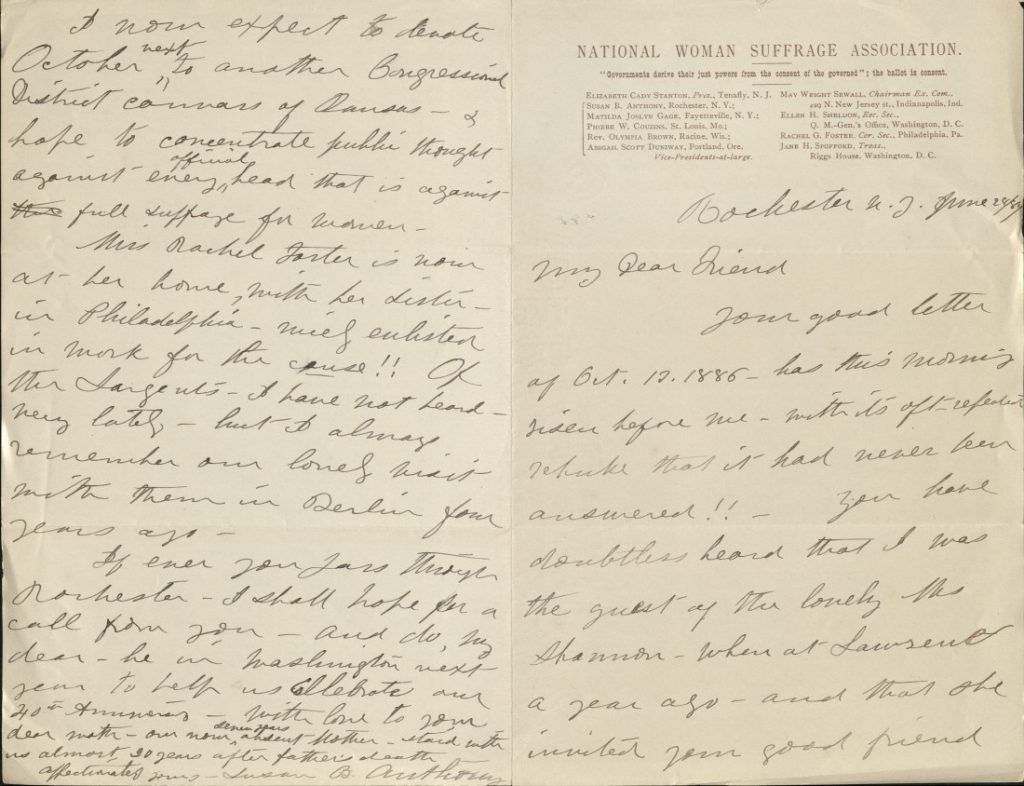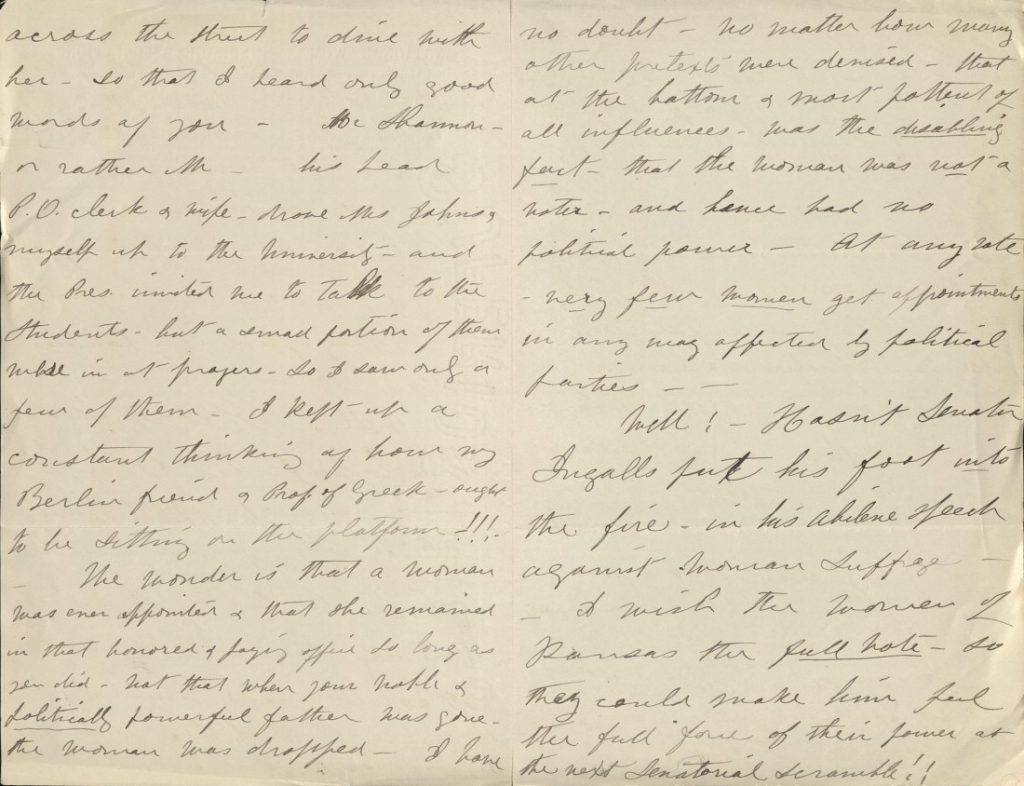¡Misterio resuelto! Funeral de Bernardo Soto Alfaro, ex presidente de Costa Rica (1885-1889) / Mystery Solved! The Funeral of Bernardo Soto Alfaro, Former President of Costa Rica (1885-1889)
September 17th, 2019En esta ocasión es importante agradecer a las redes sociales que han sido de gran importancia para resolver el caso que se antepuso al equipo de la Biblioteca para la Investigación Kenneth Spencer. El blog, Facebook e Instagram hicieron posible que el álbum costarricense (MS K35) pueda quedarse y ser parte de la colección especial de la biblioteca. Como consecuencia, ahora los investigadores especializados en Latinoamérica, específicamente en Costa Rica, pueden acceder a la historia y/o al aspecto fotográfico del país.
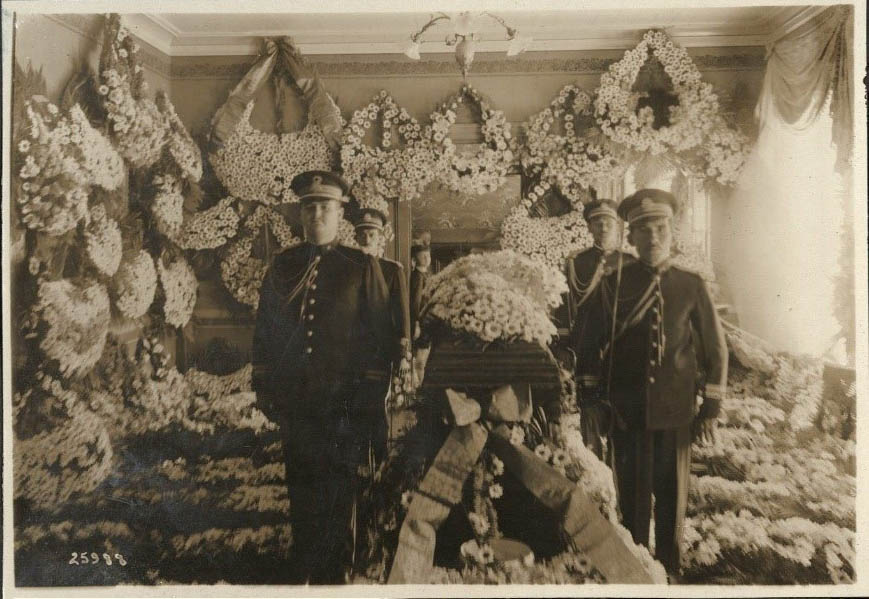
Como se indicó en este mismo blog de la biblioteca, el miércoles 3 de abril de este mismo año, a su llegada se creía que el álbum costarricense documentaba el funeral del ex presidente costarricense Federico Tinoco Granados. La información con la que en ese momento se contaba era un pequeño documento incluido en el álbum, el cual indica el lugar de compra y el supuesto contenido: “Bot in lit El Erial Oct 1980. Reported to be pictures of funeral of Tinoco 1919” (Comprado en la librería El Erial Oct 1980. Se dice que se trata del funeral de Tinoco 1919). Después de un análisis detallado en las fotografías, y de encontrar pistas suficientes para descartar la posibilidad de tal personaje político, buscamos más información sobre de quién podría tratarse. Varios eran los posibles candidatos, pero al publicarse el blog de la biblioteca se halló la respuesta. Hoy en día se tiene la certeza de que las 23 fotografías en blanco y negro, tomadas por el fotógrafo Manuel Gómez Miralles, documentan la despedida oficial que se le da a Ramón Bernardo Soto Alfaro en enero de 1931. A quien también se le conoce como General don Bernardo y quien fue presidente de Costa Rica durante dos mandatos (1885 & 1886-1890). Entre sus muchas actividades políticas, Soto Alfaro fue el fundador de la Cruz Roja Costarricense como parte de sus preparativos ante la campaña militar invasiva del Presidente guatemalteco Justo Rufino Barrios (1885).
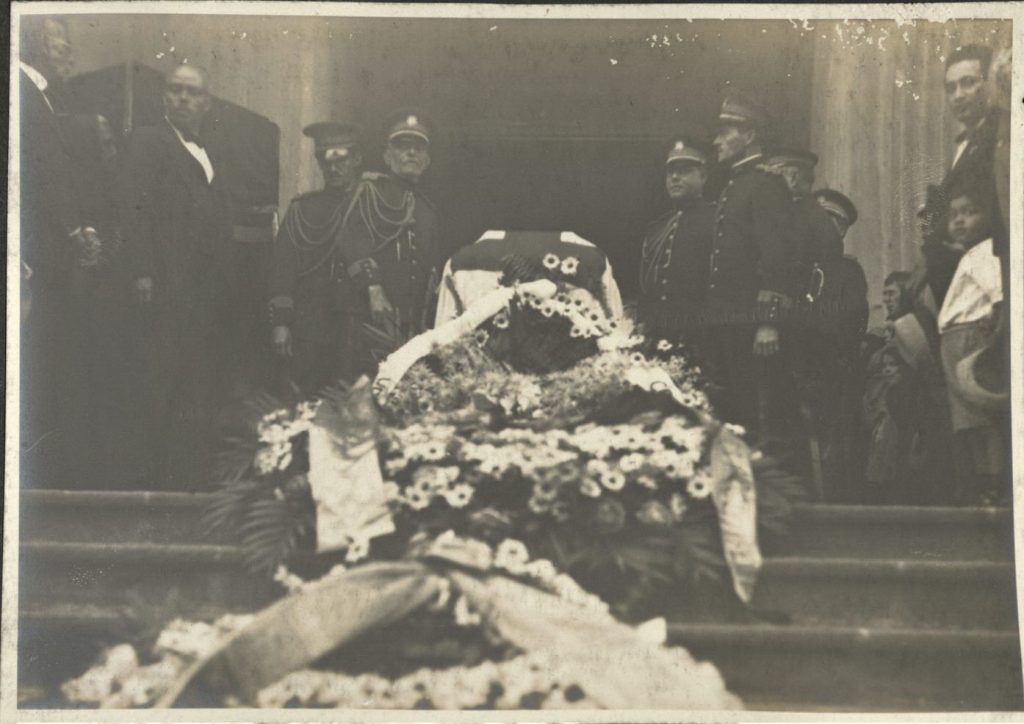
Las imágenes en el álbum, que han sido colocadas en un orden aparentemente cronológico, pueden verse divididas en dos categorías. Por un lado, las hay en un espacio público, donde vemos la conglomeración del pueblo y por otro se tiene el privado en donde vemos el orden militar que no fue abolido hasta 1948. El cuerpo militar en las imágenes está siempre presente, pero en espacios más privados y enfatizando la oficialidad del evento y por lo tanto de las fotografías. Con seguridad, si se tiene el conocimiento requerido, por las tomas directas de la cámara, algunos personajes políticos o del cuerpo militar podrían reconocerse. En cuanto a contenido, hasta este momento de lo único que se tiene certeza es de quién y que se celebra, pero no cabe duda de que hay mucho más que decir.
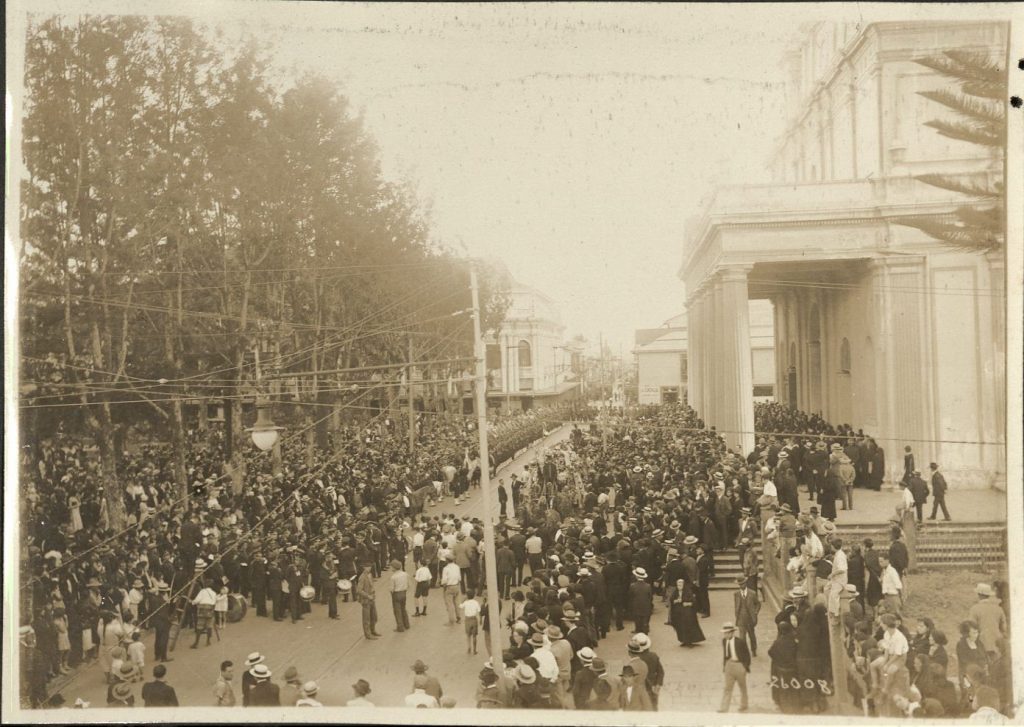
Debemos por lo tanto agradecer a Adrián Cortez Castro, quien, inmediatamente después de publicado el blog, nos proveyó el nombre de Soto Alfaro y la fecha de su fallecimiento. A la directora de la Biblioteca Nacional de Costa Rica Laura Rodríguez Amador, quien nos hizo el favor de confirmar por medio de la biblioteca digital la noticia publicada en Correo Nacional: diario de la mañana. A Rocío Fernández del Museo Nacional de Costa Rica y al especialista en la fotografía de Gómez Miralles, Gerardo Bolaños, quienes nos corroboraron la identidad del fallecido. Así mismo, nos proporcionaron la biografía de Gómez Miralles y del General don Bernardo. Gracias a la grata y amable cooperación de todos ellos el álbum MS K35 está formalmente disponible para todo aquel interesado de conocer más sobre la historia de Costa Rica.
We are happy to report that social media has been an important tool to help us solve the mystery of the Costa Rican album (MS K35). With the help of Facebook, Instagram, and the blog we have been able to share MS K35 housed in Kenneth Spencer Research Library’s special collections. Now, scholars dedicated to the study of Latin American, specifically Costa Rica, are able to access this contribution to the history and photographic material of the county.
As reported in our first blog entry (3 April 2019), tucked into the album was a note that read, “Bot in lib El Erial Oct 1980. Reported to be pictures of funeral of Federico Tinoco 1919.” However since Federico Tinoco, a former president of Costa Rica, died in exile in Paris in 1931, we knew this information couldn’t be correct. A detailed analysis of the album’s photos also suggested that it could not be the funeral of Tinoco’s brother, José, the Costa Rican Minister of War, who was murdered on August 10, 1919, so we continued a thorough search to find an accurate identity. There were many candidates to consider. Thankfully, a response to the previous blog entry provided us with the answer. We now know that the twenty-three black and white photographs taken by Manuel Gómez Miralles document the official memorial service of Ramón Bernardo Soto Alfaro in January 1931. Known as General Don Bernardo, this former two-term president of Costa Rica (1885 and 1886-1890) was also the founder of the Costa Rican Red Cross in 1885, as part of his preparations against a military invasion by Guatemalan President Justo Rufino Barrios.
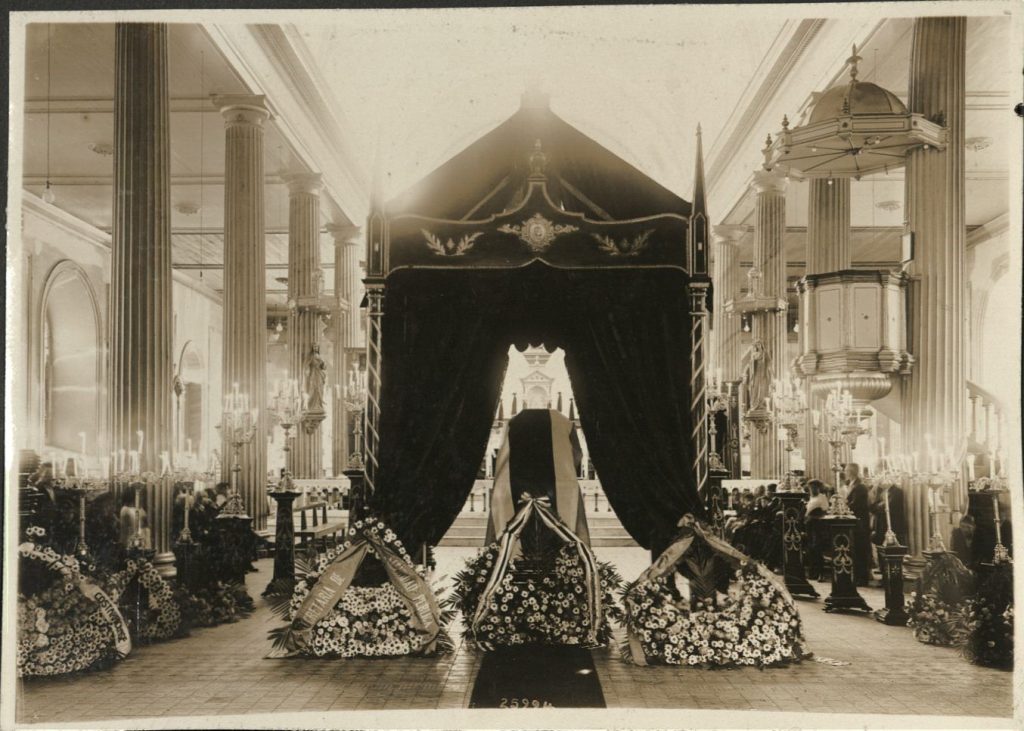
The album’s images, which appear to be arranged chronologically, are divided into two main categories. The first images depict a crowded public space and later ones depict the military, which was not abolished in Costa Rica until 1948. In these images the military is always present, emphasizing the official nature of the event and of the photographs themselves. If we closely examine the images, we might recognize certain politicians and military officials, as the photographer took direct shots, positioning the camera on the faces of the political officials and military groups.
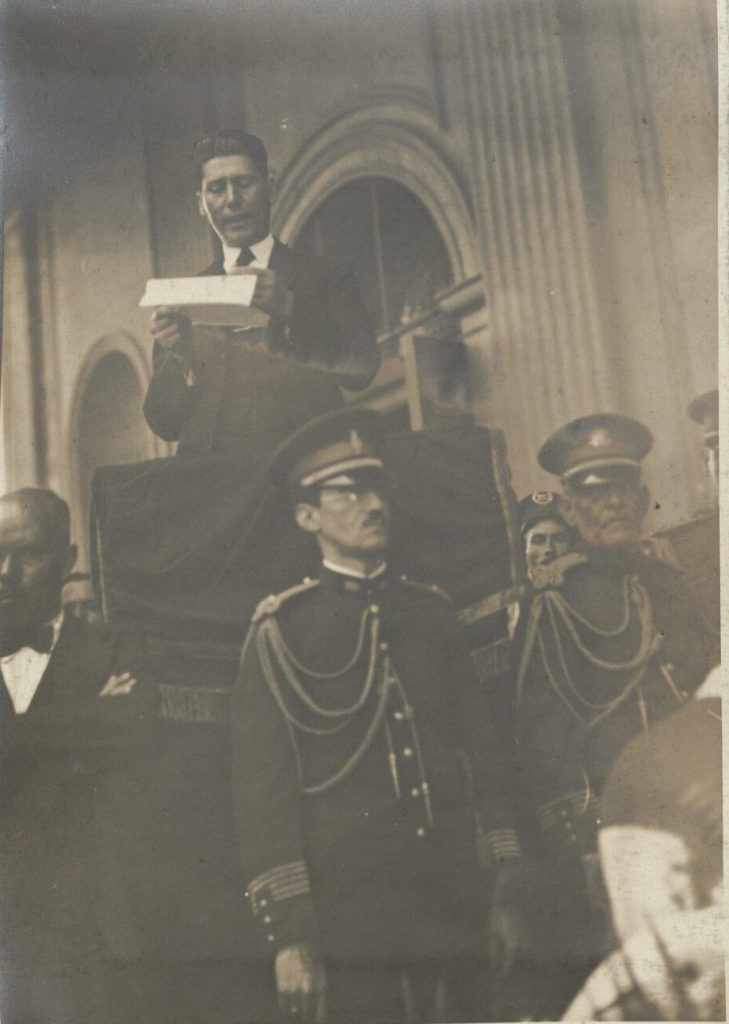
We would like to publicly acknowledge the assistance of Adrián Cortez Castro for his identification of Soto Alfaro (who had been one of our potential candidates). In response to the blog post, he was able to provide the exact date of Soto Alfaro’s death and a key reference to newspaper coverage of the funeral. We also wish to express our gratitude to Laura Rodríguez Amador, director of the National Library of Costa Rica, who provided a digital issue of the Correo Nacional: diario de la mañana to confirm Soto Alfaro’s identity. Additionally, we extend thanks to Rocío Fernández from the National Museum of Costa Rica, and Gerardo Bolaños, an expert on the photography of Gómez Miralles, who corroborated the identity of the deceased and provided the biographies of Gómez Miralles and General Don Bernardo. Thanks to the power of social media and the welcome and collegial cooperation of these individuals, the mystery of MS K35 is now solved. The album is available for research to anyone interested in learning more about Costa Rica and its history.
Indira García Varela
Student Assistant
Spanish- and Portuguese-Language Materials Preservation Project

